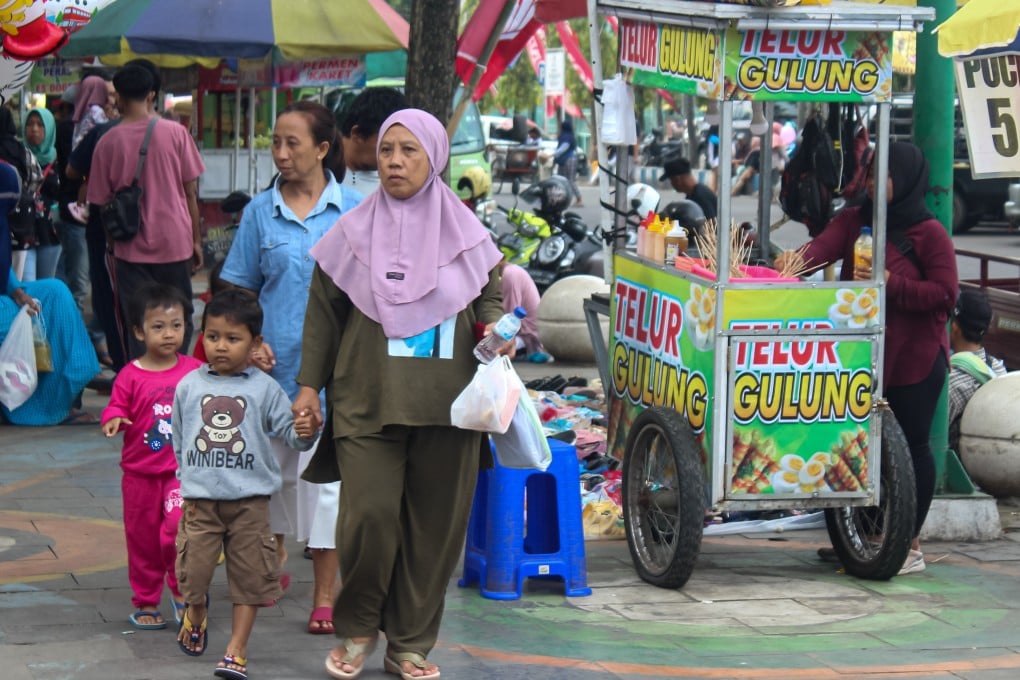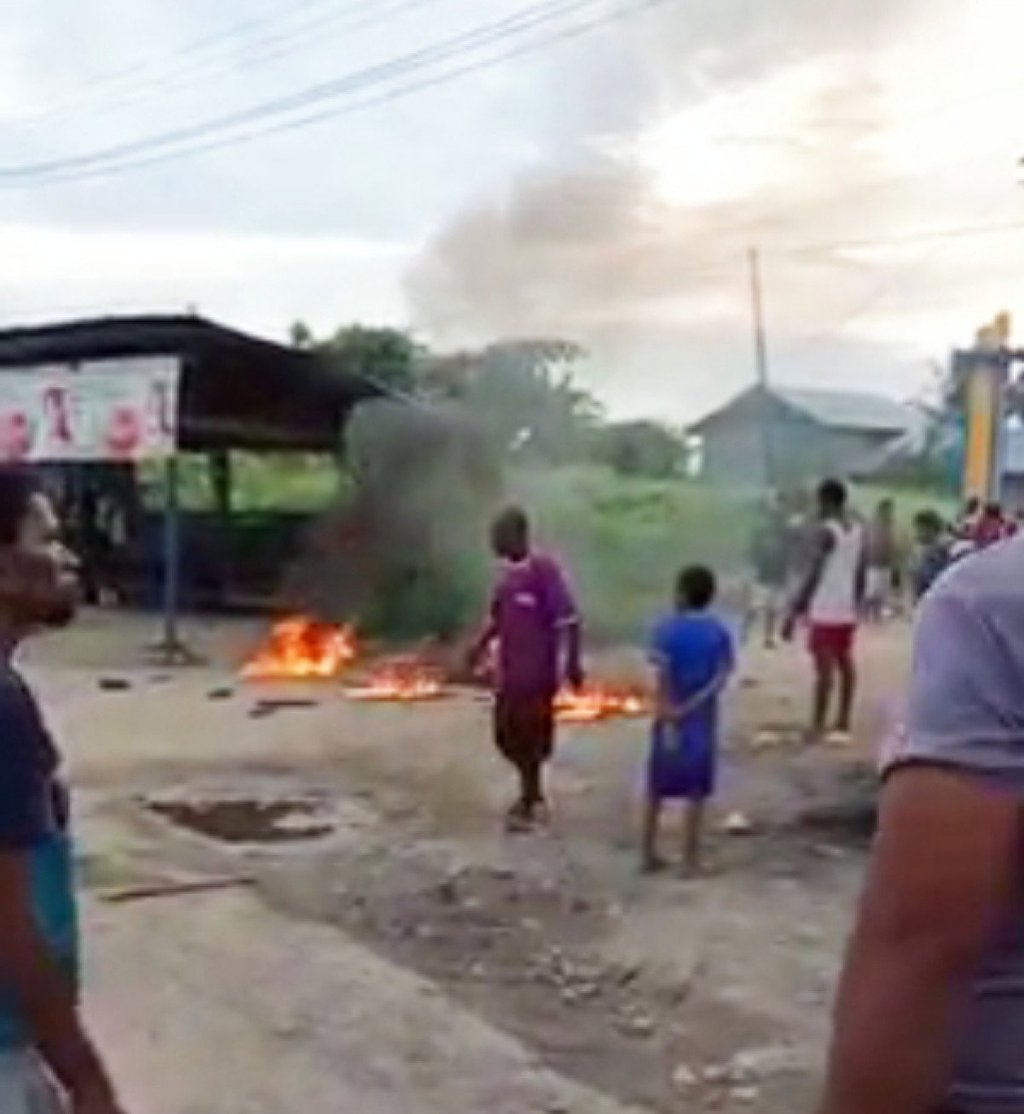Why Indonesians are panicking over child abduction rumours, and blaming the mentally ill
- Allegations of children being snatched by strangers are all over social media in Indonesia, leading to a spate of vigilante action, some of it fatal
- Police say most accusations are false and misinformation is rife, but citizens are worried. Is the state doing enough to make them feel safe?

The viral video was shocking: filmed in a Jakarta commuter belt it showed a child forced into a sack apparently destined for an organ trafficking ring in China.
The resultant fear and anger among parents in Indonesia watched and shared the video was very real. But the kidnap never took place.
Despite police reassurances, the country remains on high alert for organised child abductions – even though little evidence of them exists.
Families are frantically scrambling to secure their children from potential abductors, as others turn to vigilantism that sometimes turns deadly.

The clip of the child apparently being dragged into a sack by a man in a black jacket in the city of Bekasi, near Jakarta, was rubbished by investigators as a hoax, spread maliciously.